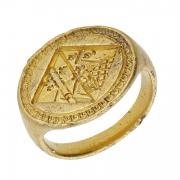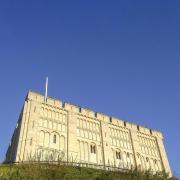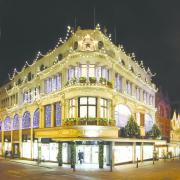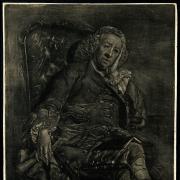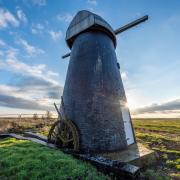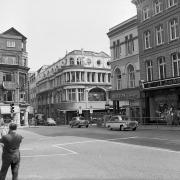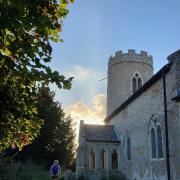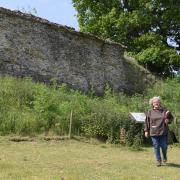How did Norfolk people deal with pandemics before hospitals, vaccinations or much medicine beyond herbs and hope?
They used lockdowns, social distancing, quarantine and shielding – with punishments for anyone breaking the rules.
Historian Frank Meeres has rolled back the centuries with his new book How Norwich Fought Against the Plague, Lessons From the Past.
It tells the terrifying story of the bubonic plague which arrived in Norwich in 1349 – and killed its last victim in the city more than 300 years later. Around half the population is believed to have died in the first wave in the summer of 1349. And the waves kept coming, wiping out entire families in a matter of days.

Emergency laws included:
Sentencing elderly residents of the Great Hospital who left home without permission during the plague of 1631 to two hours in the stocks and to miss their next meal.


Boarding up the houses (with the residents inside) of anyone who had the plague or had come into contact with a victim for at least five weeks after the final recovery or death.
Food deliveries. Today we have covid wardens. In 1579 people called “keepers” were appointed by the city authorities to deliver food to people confined to their homes. If the isolating families could not afford to pay, the city would meet the cost. “Watchers” were sometimes set to ensure isolating households followed the rules.
Social distancing. In 1625 a man appointed to look after some of Norwich's poorest plague victims had to carry a red wand, at least a yard and a half long, as did all members of his family, to warn people to keep their distance.
Furlough, or a 17th century equivalent was used in Norwich in 1633 when three groups of actors and musicians were paid not to perform in the city.
Travel bans. No-one was allowed to board or leave ships from plague-hit Holland and London when they arrived in Yarmouth in 1636. Chains were pulled across the river between the boom towers, which still exist as ruins near Carrow Bridge, in Norwich in July 1666 to stop boats coming up the river from plague-hit Yarmouth. During that year’s outbreak passenger carts and coaches travelling between Norwich and London were also banned.

Lockdowns were literal in walled settlements like Yarmouth and Norwich which locked their gates to incomers.
Track and trace. In some years anyone wanting to enter from a place where there was a known outbreak had to carry a certificate, or clean “bill of health” stating they came from an uninfected house.
Shops and schools shut. In the outbreak of 1665 many of the stalls on Norwich Market were closed. The following summer the market was moved to open space outside St Stephen’s Gate to help people stay apart and all city schools were closed.

People suffering from the plague, or pestilence, could be forced into “pest houses.” Temporary pest house shelters were built on the Denes outside the town walls in Yarmouth and the Black Tower on Norwich city walls was converted into a temporary pest house.
There was bad behaviour in the past too, with the 17th century Yarmouth official responsible for importing herrings from Holland (because they couldn’t be bought from plague-ridden Newcastle) giving himself the official licence – and opportunity to make lots of money. He was later sacked.
And yes, the rich left the cities to live in their second homes in the country.
How Norwich Fought Against the Plague, Lessons From the Past, by Frank Meeres, is published by Poppyland Publishing.






